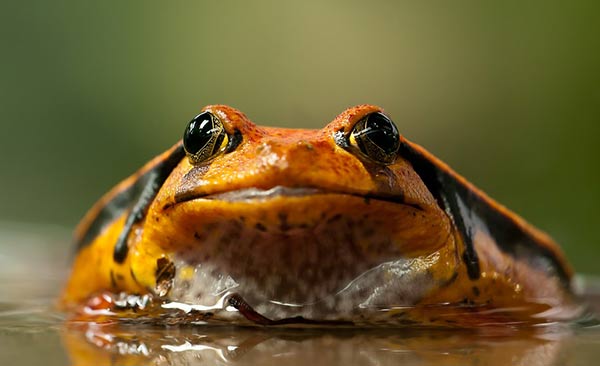Hidden Wonders
- POSTED ON: 9 Feb, 2018
- TOTAL VIEWS: 1233 Views
- POSTED BY: Ramnath K. Chandrasekhar
- ARTICLE POINTS: 100 Points
India is a land of astounding biodiversity. Most people refer to it as the land of the tiger, lion and elephant. However, apart from these celebrity animals, there are thousands of species of flora and fauna in our forests. Common comments when someone visits a wildlife reserve include, ‘I went to this sanctuary but I didn’t see any tiger or leopard’ and ‘It is so lifeless’. Well, sighting a tiger or any other big mammal is a matter of luck (which actually means being in the right place at the right time and carefully observing the tell tale signs of nature).

In a quest to watch big mammals, we miss out on a lot of nature’s other beautiful wonders. Watching them not only gives us an idea about our rich biodiversity but will also help us understand nature better.
Life in water
Streams could be a good place to start. When we walk near a stream, we would think that it is silent and there is hardly any life. But when we diligently observe, we can spend hours near a stream watching small creatures performing their roles silently. Water skitters, spiders, a variety of birds, mud puddling butterflies, fungi, insects and frogs are some of the species one could look out for near a stream.
Frogs are generally considered slimy but they are beautiful creatures playing an important role in our ecosystem. Even in small village ponds there are common species of amphibians like skitter frogs and common Indian Toads. They play an important role in the pond ecosystem, keeping pests under control. A healthy population of frogs indicates the health of a forest as they are the first few species to disappear when a forest gets destroyed.
Dung beetle’s struggle
Another interesting species is the dung beetle. They are common in towns and villages. We could find them even in a small cowshed. In the forests, it is often seen near the excreta of animals. The beetle carefully takes small chunks of dung to form a ball. It rolls it to a safe place for laying eggs and feeding. It faces numerous intruders on its way trying to steal the ball. The way it defends and manoeuvres the ball is a sight to watch.
Like the dung beetle’s struggle, there are many such unnoticed natural history events happening as we talk. There are interesting little species to look out for. Observing them is a starting point for us to get addicted to nature.
Keep your eyes open
This will make us understand the importance of nature and also help us in becoming a naturalist, a bird watcher, a wildlife photographer and a lot more.
But ‘diligent observation’ is the key. There is no doubt that big animals are beautiful to observe. But it is important not to concentrate only on them and throng wildlife reserves in a rage. It affects the ecosystem and wildlife. What pleasure is watching wildlife when 20 jeeps surround you and the animal!